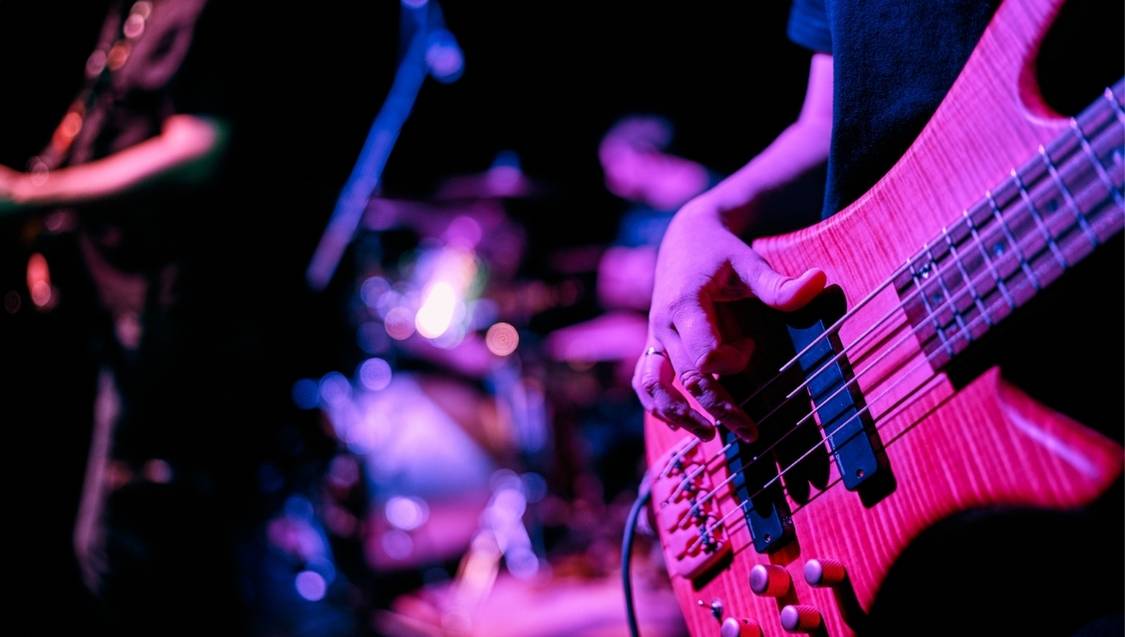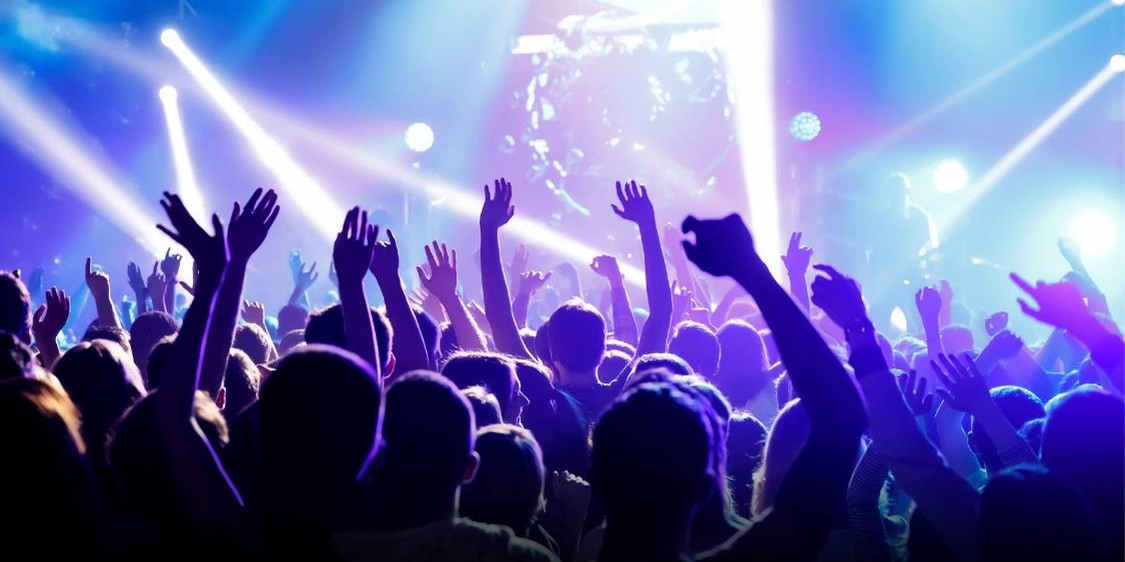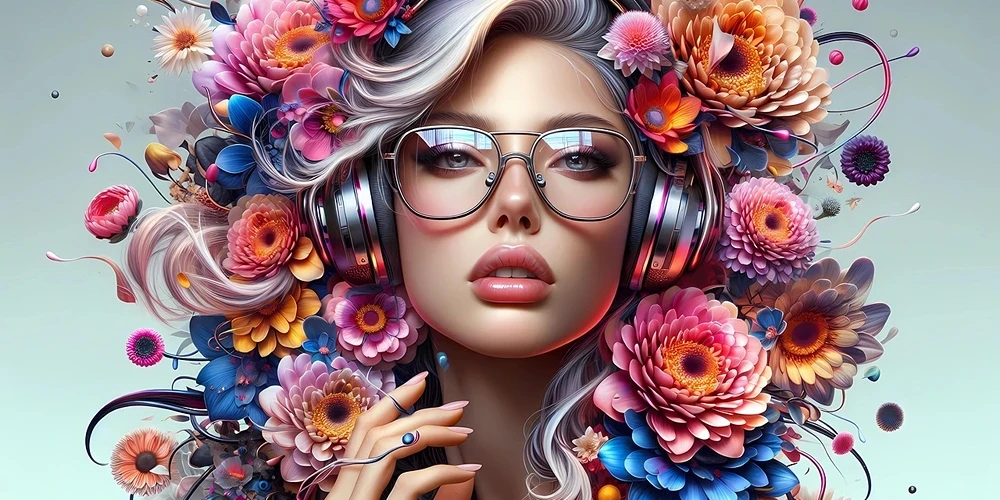In today’s live music scene, sound isn’t just heard — it’s experienced.
Experimental music has pushed performance beyond melody and rhythm, transforming concerts into immersive, multi-sensory environments. From the use of modular synthesis to algorithmic soundscapes, artists are blurring the boundaries between music, art, and technology — redefining what it means to perform in the modern age.
Sound as a Medium — Not Just Music
Traditional performance once centered on familiar structure: verse, chorus, rhythm. Experimental musicians dismantle that format entirely. Instead of seeking harmony, they explore texture, noise, and atmosphere.
Sound becomes a medium for expression — just like paint on canvas. Every distortion, drone, or feedback loop serves a purpose, inviting the audience to experience emotion beyond the predictable.
This shift turns performance into a conversation between space, sound, and sensation, where the unexpected becomes the performance itself.
Technology as the New Instrument
Modern experimentalists are no longer bound to traditional instruments. The rise of live looping, modular synth rigs, and digital interfaces has opened infinite possibilities.
From live-coded sets where musicians write music in real time, to field recordings blended with synthetic drones, technology has become the new improvisational partner.
In the world of experimental music, software isn’t just a tool — it’s part of the band.
Performers now design entire ecosystems of sound: evolving layers of rhythm, texture, and frequency that challenge the audience’s perception of what “music” can be.

Live Performance as Installation
What happens when a performance is no longer about the performer, but the experience itself?
Experimental music has moved closer to performance art and sound installation, reshaping venues into living sound environments.
- Concert halls are replaced by abandoned factories or open fields.
- Lighting and projection become extensions of the composition.
- The crowd becomes part of the sonic narrative — shifting from passive listeners to active participants.
These performances are not about entertainment but immersion — a raw, physical confrontation with sound in its purest form.
Collaboration Between Disciplines
Today’s most groundbreaking performances come from collaboration across creative boundaries.
Sound artists team up with visual designers, dancers, coders, and architects to create experiences that exist somewhere between concert, installation, and digital art experiment.
This interdisciplinary approach creates new languages of performance — where a bass frequency can shape light, and a visual glitch becomes rhythm.
It’s not about genre anymore. It’s about expression in its most elemental, unfiltered form.
The Future of Experimental Sound
As audiences become more attuned to sonic innovation, experimental music is entering a new renaissance.
We’re seeing a global wave of DIY sound collectives, immersive festivals, and hybrid performances that embrace imperfection, risk, and emotion.
The future of live performance lies not in replication but in exploration — moments that can’t be repeated, where sound itself feels alive.
Experimental music reminds us that art is not about control — it’s about experience.



